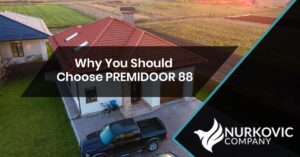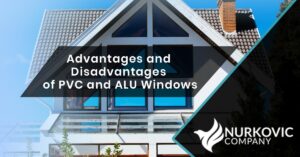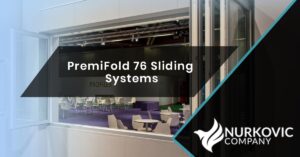Energy saving designs are becoming more important. Today, a passive house is objectively considered the most energy efficient form of the building: every year it consumes up to 15 kWh of thermal energy per square metre of living space, which corresponds to 1.5 liters of lodge oil. In other words, it consumes 90% less heating energy than a conventional existing building and 75% less than the average new building. This high energy efficiency is enabled by a combination of sophisticated multichamber window design, hermetic construction, triple glass, controlled ventilation with heat recovery, as well as passive use of solar radiation – conventional heating is no longer necessary.

Passive house creates a pleasant living climate
With a regular inlet of fresh air at pleasant temperatures, a passive house creates a pleasant living climate. And there are virtually no restrictions on its architectural design, including windows. Unlike before, when their design was limited, and the profile visibility line had a thick look, today’s intelligent designs with slender profiles and a high percentage of grazed surfaces lead to individual design options and higher thermal energy gains.
Clearly defined standard
“Passive House” is a clearly defined standard with clearly defined boundaries. Manufacturers must verify these values for the passive house standard by certifying their products as ‘passive house-compatible components’. Key bodies for certification of passive house windows and institute for passive house Dr. Feist and institute for window technologies ift Rosenheim. What are the differences between the certificates of these institutes? What do they have in common?
The Dr. Feist Institute published its Passive House Guidelines back in 1992. Years. IFT Guideline WA-15/2 was issued in 2011. Both institutes calculate the thermal insulation value for the window frame (Uf value) according to the requirements according to DIN EN ISO 10077-2, but with different software. ift not only calculates, but also measures this value using the Hot box method. This includes testing windows placed between two chambers held at different temperatures. The measured value generally better approximates field conditions than calculations, which necessarily include the safety margin. Dr. Feist includes the whole building in his calculations, while ift analyzes only the window itself.
All in all, however, the following is important: Both institutes assume the total heat passage coefficient (total Uw value) of max 0.8 for their certification of windows and glass façades. Therefore, one or the other certificate confirms the suitability of the window for the passive house, and is therefore a reliable source for window manufacturers, architects and developers.
If you need more information about the Passive House window, contact us!




